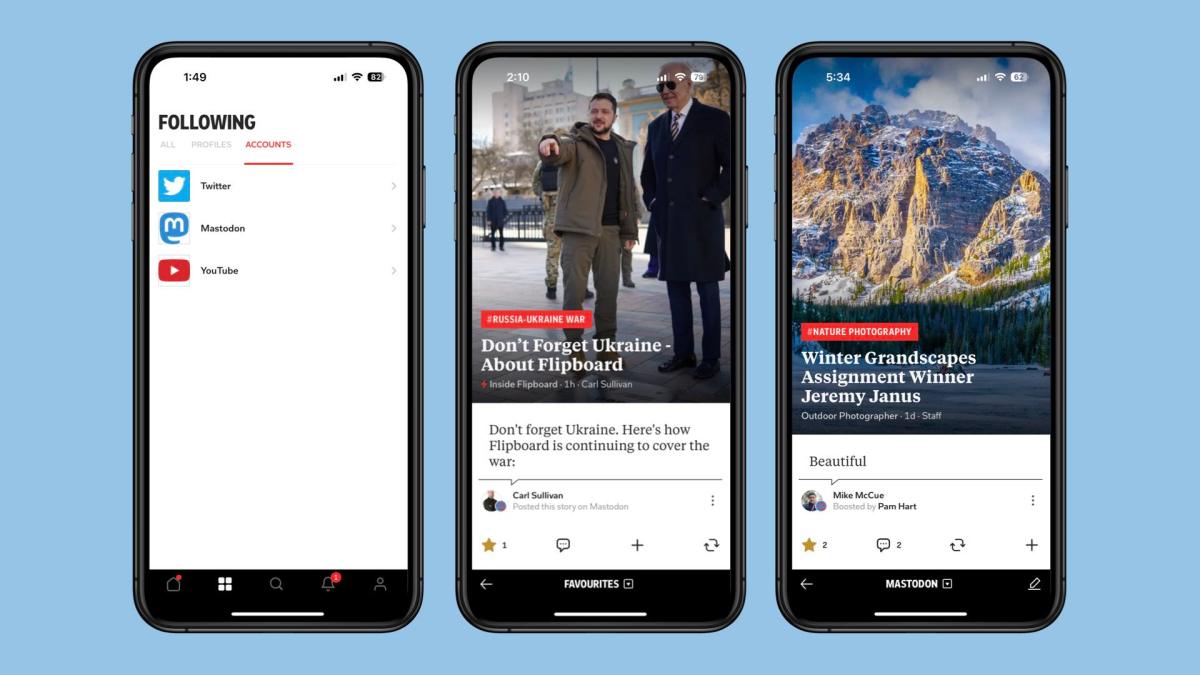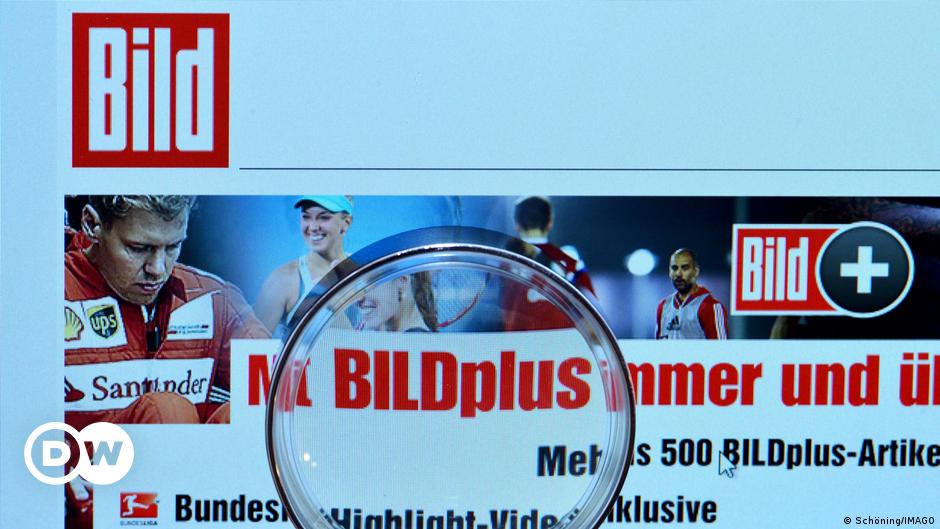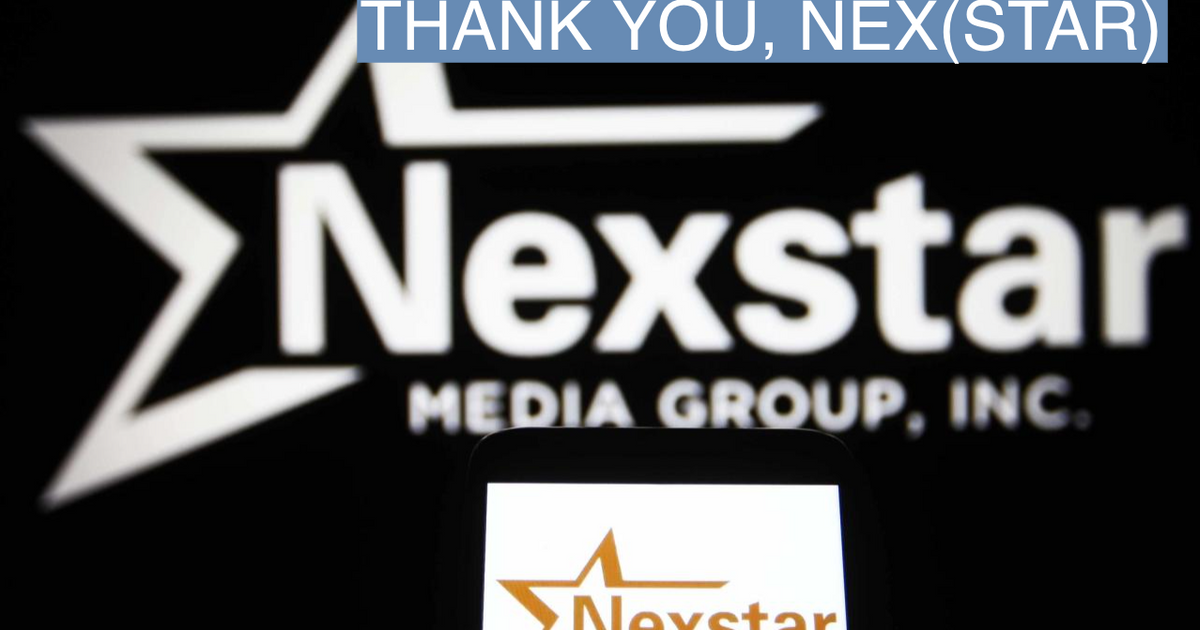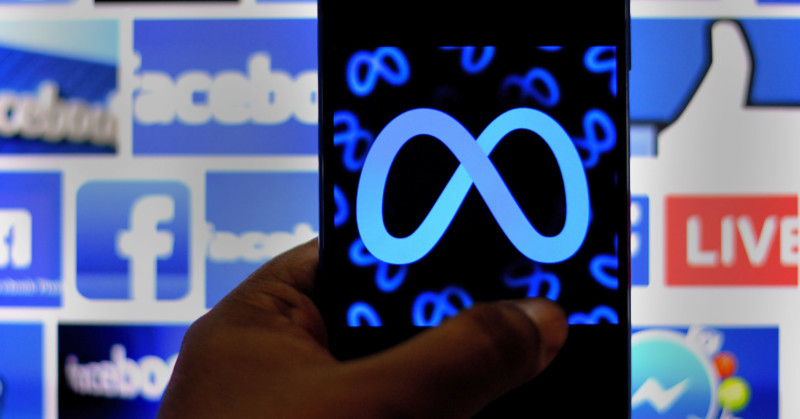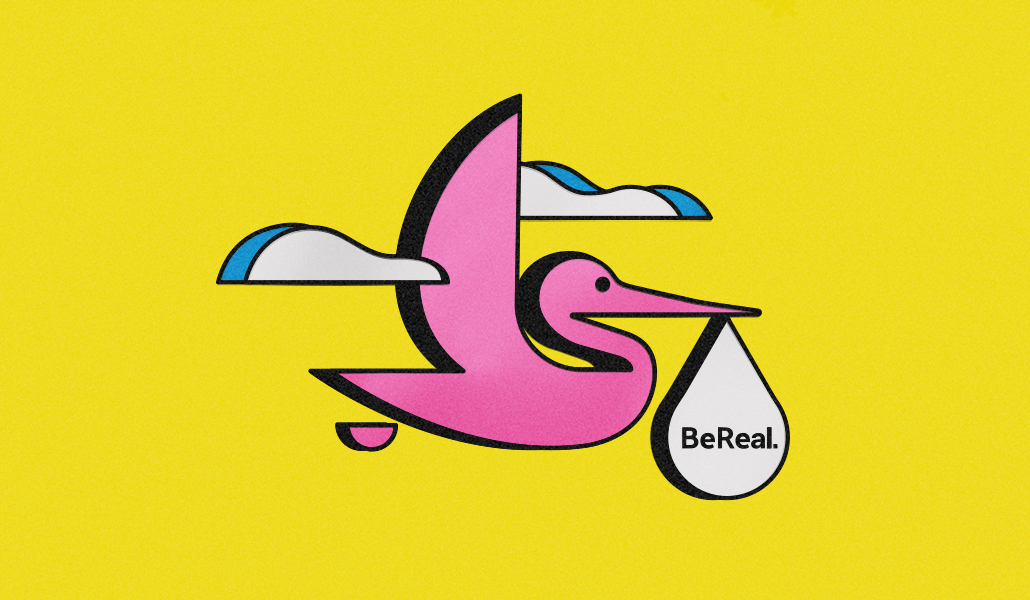- Digital Media Products, Strategy and Innovation by Kevin Anderson
- Posts
- How the digital revenue bundle is offsetting the ongoing decline in print
How the digital revenue bundle is offsetting the ongoing decline in print
CJR reports on where Facebook's journalism funding went
Print is under pressure and has been for a long time for myriad reasons including reduced commuting in several nations due to more hybrid working, which feels set to become a durable feature of employment rather than a blip during the pandemic. The regional ABCs are out in the UK, and they paint a pretty grim picture with an average print circulation decline of 19%. More than the decline of circulation, there are also rising costs for paper, ink and transport.
However, digital publishing is stepping into the gap in myriad ways both for solopreneurs and established publishing houses. Substack has announced impressive growth figures for its stable of newsletter writers, and publishers in the US, UK and Europe are talking about the success of their diversified digital strategies. Podcasting, e-commerce and consulting are just a few of the new revenue streams that publishers are exploring as they look to build a revenue bundle that will offset declines in print and be resilient through the economic cycles.
Plus, we have a breakdown from CJR on where Facebook's funding for local journalism went.
Substack has been working to reposition itself as more than an a newsletter platform and more of a platform for creators to monetise their work, and on a numbers basis, it seems to be working. I have to say that after bouncing around on a couple of newsletter platforms and landing on Beehiiv after Elon nuked Revue that platforms like this and Substack definitely seem to have built platforms for growth rather than platforms simply designed for distribution. Yes, there is a difference, and that might be one of the key differentiators in digital media.
The results for some of the larger regional dailies, especially for my friends at Reach, show a rather steep decline with the Manchester Evening News and Liverpool Echo both reporting hefty double-digit declines of -44% and -24% respectively. However, while these titles count print readers in the tens of thousands, they have digital readership of millions.
This is the bind for print. It is declining as the preferred platform for audiences but is still an important source of revenue for many news publishers, but at the same time, print has come under immense pressure due supply chain crises and overall inflation. This is a good look at how to respond.
This is a great example of brand reinvention. Time is an iconic American magazine brand, but it's important to answer the question of what a brand like Time means now and what it will mean in the future. It's more than simply a digital transformation, which usually focuses on distribution and process. One element of this transformation is their development scripted and unscripted content. With streaming channels looking to develop new content, they are always looking for stories, and magazines have them in spades in their archive. Taking a creative stance in brand extension as Jessica Sibley is doing, gives Time the space to explore opportunities like this.
A fascinating interview with a player in the podcast space who has been at this since the first wave of podcast growth in the naughties.
Mastodon reached a wider awareness after Elon started to vandalise Twitter. And just when I was about to write Mastodon off, Clipboard throws it a bone. Or is this Clipboard trying to find some kind of relevance as well?
Industry news: Springer's pivot to the US (and AI) and GroupM's effort to vet local news
And this story about Springer making cuts in Germany came on the same day that the Wall Street Journal reported that Springer was shifting focus to the US. My sense is that by raising the threat of AI, it was trying to appeal to regulators in Europe to give it breathing room and to divert attention away from the cuts.
GroupM does something beneficial to itself and to the local news industry with this plan. They get an external group to vet local news sites, which has become increasingly important in the era of 'pink slime' sites, and they get some good press.
NextStar has bought up a lot of local TV stations in the US, and now it is trying to raise its cable news profile by hiring talent like Chris Cuomo, who was fired by CNN after it came to light that he helped his brother, who was then the governor of New York, who was being investigated for sexual harassment. (And Chris Cuomo continued to interview his brother while he was being investigated.)
Today in Social Media: Where did Facebook's journalism funding go? A new Twitter competitor and Meta's big cultural report
This is an accounting of where Facebook's journalism funding went during its program to support local journalism. I can be critical of Facebook, but I do know that a lot of local news organisations praised the scheme for helping them progress their audience development efforts.
Jack Dorsey takes aim at the platform he founded.
A bit of palace intrigue at Twitter, a place where palace intrigue is not in short supply.
A good summary of a cultural report from Meta based on the posts shared across their networks.
YASN - yet another social network. This will be a period in which the social media winners and losers will be challenging to pick. My advice is to keep an eye on your analytics and a very keen sense of your own goals.




/cdn.vox-cdn.com/uploads/chorus_asset/file/24465240/236553_Decoder_Conal_Byrne_WJoel.jpg)
